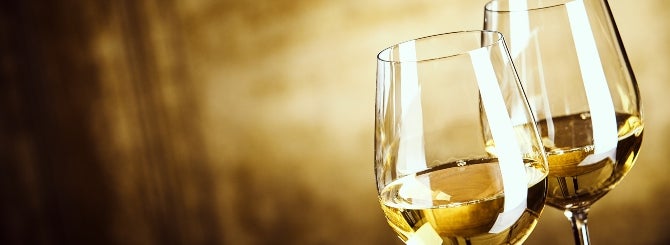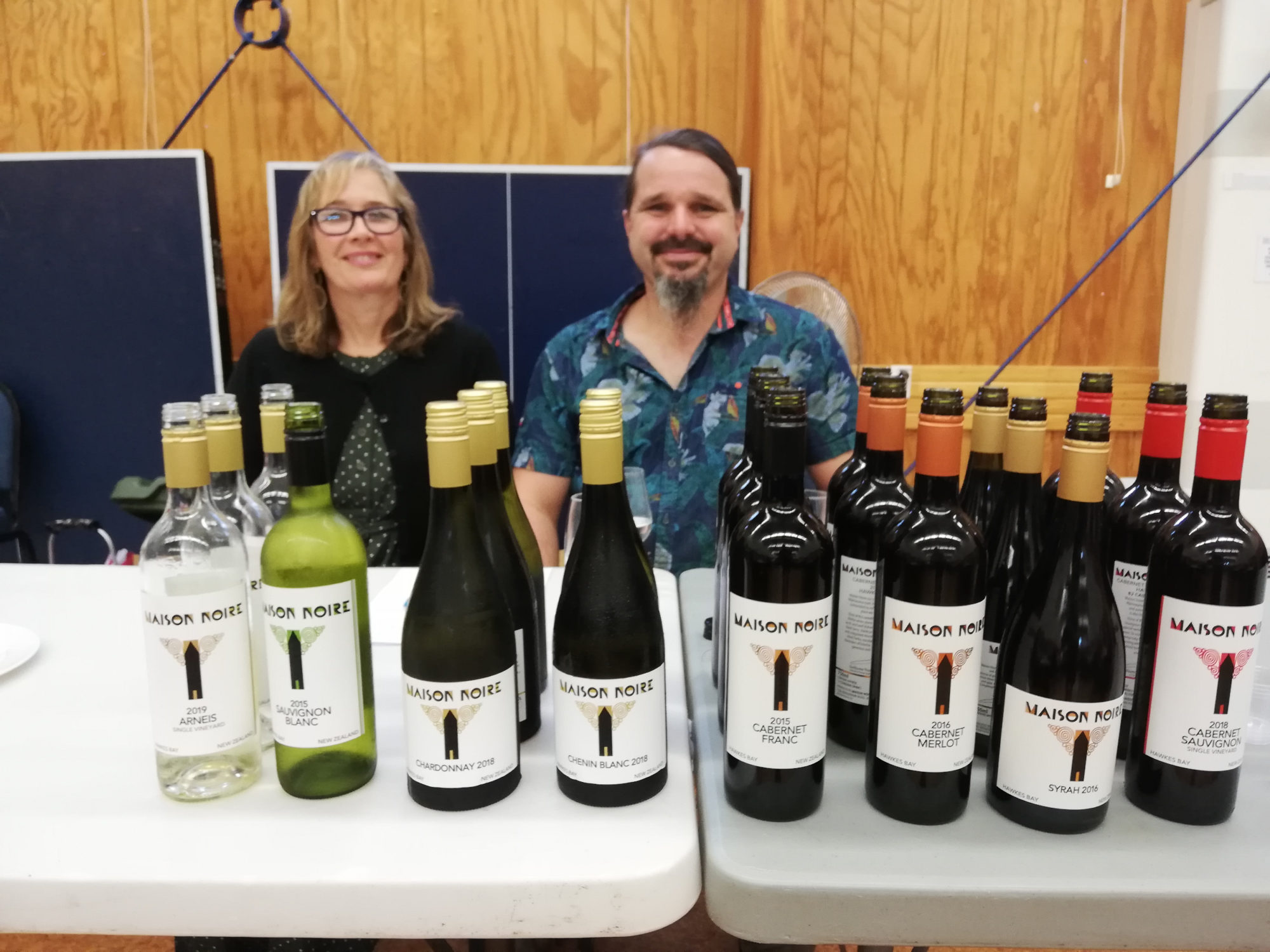Searching for something fresh and zesty? We’ve got you covered.
Nat Sellers, Wine-Searcher Content Writer | 22-Jan-2025

It’s that time again when we greet the new year with the world’s most wanted wines.
And kicking off this most anticipated series is that old French stalwart-cum-Kiwi icon, Sauvignon Blanc.
Fresh and vibrant with the capacity – if aged in oak or on lees – to be rich, textured and unctuous, although these expressions are rarer than their steelier counterparts.

This year’s list incorporates styles ranging from traditional Loire elegance to the New Zealand zingers that threw the Antipodean islands onto the world stage.
However, what’s interesting about this list is how virtually unchanged it is from last year’s with Louis-Benjamin – Didier Dagueneau’s Silex once more leading the pack.
Although classified as Vin de France, Louis-Benjamin – Didier Dagueneau is one of the Loire’s leading producers in Pouilly-Fumé, an appellation that’s known for its world-class smokey Sauvignon Blanc.
Didier Dagueneau was himself a risk-taker and, after a career in motorcycle sidecar racing, he eventually brought his rebellious spirit to winemaking.
However, despite ruffling feathers up and down the Loire Valley, Dagueneau succeeded in revitalizing the region. After his fatal ultralight plane accident in 2008, Dagueneau’s children have continued his legacy, with the bottles now bearing his son Louis-Benjamin’s name.
Despite being the world’s most popular Sauvignon Blanc for a second year in a row, with an aggregated score of 93 points, the Silex has changed very little pricewise, dropping from last year’s $225 to this year’s $223, while ten years ago, it hovered around $115.

Number two is Marlborough‘s perennial Cloudy Bay, which took third place last year. Cloudy Bay was founded in 1985 by David Hohnen – who had already established Cape Mentelle Vineyards in Australia’s Margaret River – and successfully put New Zealand wine on the map.
With an aggregated score of 90 points, it’s clear since those heady days in the 80s, that Cloudy Bay has yet to fall out of fashion, while prices have remained remarkably benign. Last year, it was $33 and has dropped a dollar to this year’s $32. Ten years ago it was roughly $27, proving astonishingly stable despite the passing of a decade.
Third is the Pavillon Blanc du Château Margaux, which took second place last year. One of the Médoc‘s most illustrious estates, Château Margaux is best known for its classic red blends, however, their whites still clearly hit the mark.
With an aggregated score of 94 points, it currently sits at $318, a minor drop from last year’s $328, although a marked increase from the $181 of ten years ago.
Number four is another from Louis-Benjamin – Didier Dagueneau, this time the Pur Sang. The name is a direct translation of “purebred” – which often refers to thoroughbred horses – the label depicts the famous Lascaux cave painting of a horse.
The name suggests excellence, and this is reflected in the critic score of 93 points. It occupies the same spot as it did last year, and near enough the same price, coming in at $146 versus last year’s $145, having crawled up from the $87 of a decade ago.
Number five was also on last year’s list in the exact same place, the Edmond Vatan Sancerre Clos la Neore. A small producer, Edmond Vatan is one of the most lauded producers in the Loire Valley, having built a reputation for making Sancerre that can age for decades.
However, with an aggregated score of 93 points, it also comes at a cost. A price tag of $367 makes it the second most expensive Savvy on this list, however, it’s still a marked come down from last year’s $455. Ten years ago, it sat at $101.
Six is the only American to make this list and the most expensive by several country miles. Last year it flew in at number seven, this year it’s clambered up a slot, absolutely no prizes for guessing what, it’s Screaming Eagle.
The luxury Californian winery based in Napa’s Oakville was first established in 1986 by former real estate agent Jean Phillips, who initially sold fruit to other Napa producers. However, after building a winery, 1992 saw the release of the first vintage of Screaming Eagle to rapturous praise – particularly from Robert Parker – firmly establishing cult status.
However, despite a 93 points critic score and the perennial waiting list, prices have dropped. Ten years ago, the wine stood at $3820 and last year it came in at $3955, however, this year it’s dropped to $3398 proving even the great eagle can’t escape a cost-of-living crisis.
Number seven is a Sancerre by Domaine Vacheron which didn’t feature on last year’s list. Another leading family-owned Loire producer, the estate is biodynamically run by third winemaking generation cousins, Jean-Laurent and Jean-Dominique.
Ten years ago, it came in at $24, today – with an aggregated critic score of 90 points – it rocks in at a still modest $38.
Eight is another Kiwi offering, the Greywacke Sauvignon Blanc, which has slid two places from last year’s list. The Marlborough winery is owned by Kevin Judd, whose previous stint as a winemaker for Cloudy Bay saw him rise to prominence. As well as an excellent winemaker, Judd is also an impressive vineyard photographer.
The wine itself has an aggregated critic score of 91 points, while its price has been resolutely consistent. Ten years ago it was $20, last year it was $23, while this year it’s dropped a dollar to $22.
Number nine is a final entry from Louis-Benjamin – Didier Dagueneau with their ‘Blanc etc.’ / ‘Blanc Fume de Pouilly’. The name somewhat convoluted by the wine previously being called ‘Blanc Fume de Pouilly’ until it was later renamed ‘Blanc etc.’
Having dropped one place from last year’s list, Blanc.etc has still retained an impressive score of 90 points, however, the price has seen various shifts. Ten years ago, the wine came in at $60, last year it was $97 and this year, it’s crept up to $104.
Lastly in this year’s most wanted Savvy B, is the Francois Cotat Sancerre Les Monts Damnés occupying the exact same spot as it did last year. Francois Cotat is known for producing a traditional style of Sancerre from its esteemed Monts Damnés vineyard. Today, the estate is run by cousins Pascal and Francois Cotat who have followed in their fathers’ – the original founders – footsteps.
With an aggregated score of 92 points, this sophisticated sav has remained fairly consistent pricewise. Ten years ago, it hovered around $44, and the in the last two years, the price has remained at a steady $80.
When it comes to the world’s most sought-after Sauvignon, there’s not just one thing people are looking for. Some people are searching for French, others Kiwi. Some are searching for bargains, others the most expensive wines they can think of. From traditional to tongue-tingling modern styles, Savvy B really does offer it all.





